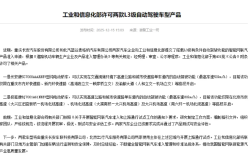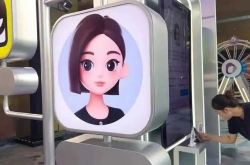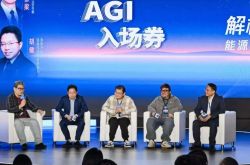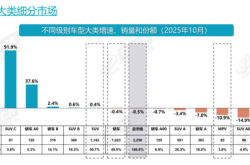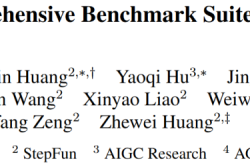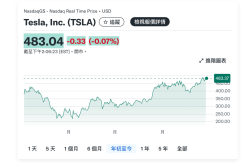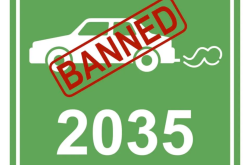Tesla's Dojo Falters, Waymo Expands Globally: Autonomous Driving Reaches a Turning Point
![]() 09/04 2025
09/04 2025
![]() 428
428
After six years of intensive effort, Tesla's Dojo supercomputer project was abruptly dismantled, while Waymo continued to advance its autonomous driving services in Denver and Seattle. The autonomous driving industry stands at a pivotal juncture, presenting a divergence between two distinct technological paths.
In August 2025, Tesla announced the disbandment of the Dojo team and the termination of the supercomputer project. Concurrently, Waymo revealed plans to commence human-supervised testing in Denver and Seattle this week, paving the way for the launch of autonomous taxi services in these cities by 2025.
These two events, occurring almost simultaneously, underscore the varying approaches and choices within the autonomous driving sector.
01 The Rise and Fall of Dojo
Musk's Supercomputing Dream
In April 2019, Tesla unveiled the Dojo supercomputer at its Autonomy Day event. Musk announced that all new Tesla vehicles were equipped with hardware capable of full self-driving, requiring only software updates.
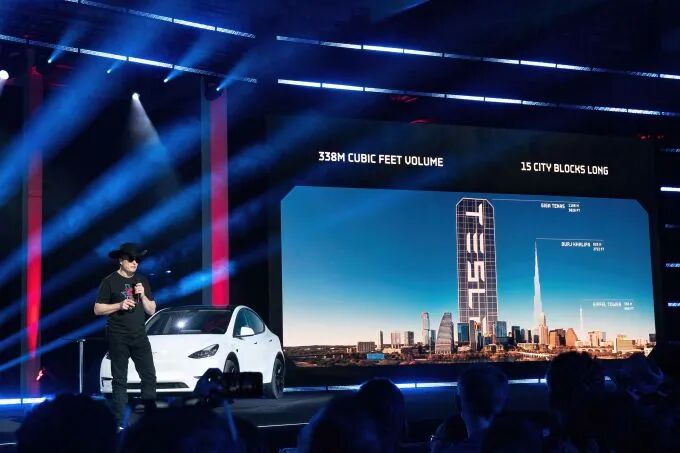
Dojo, named after the Japanese term for a training ground, was designed as a proprietary supercomputer to train Tesla's FSD (Full Self-Driving) neural network.
In August 2021, Tesla officially launched Dojo and showcased the D1 chip during its first AI Day. By July 2023, Tesla had begun producing Dojo and planned to invest over $1 billion by 2024. Musk confidently predicted that Dojo would rank among the top five supercomputers globally by February 2024, reaching a computational capacity of 100 exaflops by October.
However, despite significant investments and years of development, the Dojo project ultimately met its demise. In August 2025, Tesla disbanded the Dojo team, and project leader Peter Bannon left the company. Musk tweeted on August 10, explaining the decision to terminate Dojo 2, calling it an "evolutionary dead end."
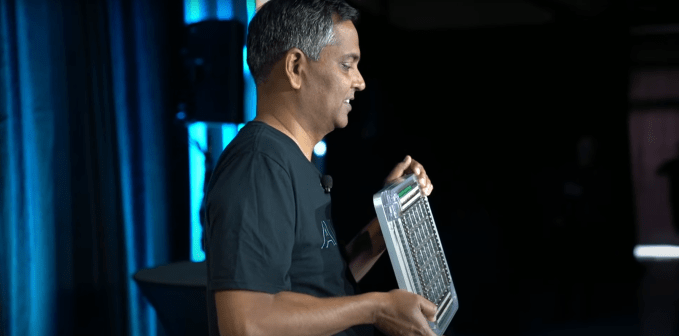
Musk stated, "Since all paths lead to AI6, I had to terminate Dojo 2." He further revealed that Dojo 3 would essentially consist of "a large number of AI6 chips integrated onto a single board."
The closure of Dojo was not entirely unexpected. Tesla had already begun promoting Cortex in 2024, its "newly built super training cluster for real-world AI research and development at its Austin headquarters."
02 Cortex Takes the Helm
Tesla's New Computing Strategy
According to Tesla's January 2025 financial report, the company had completed the deployment of Cortex, a training cluster comprising 50,000 H100 GPUs. Cortex contributed to performance improvements in FSD V13.
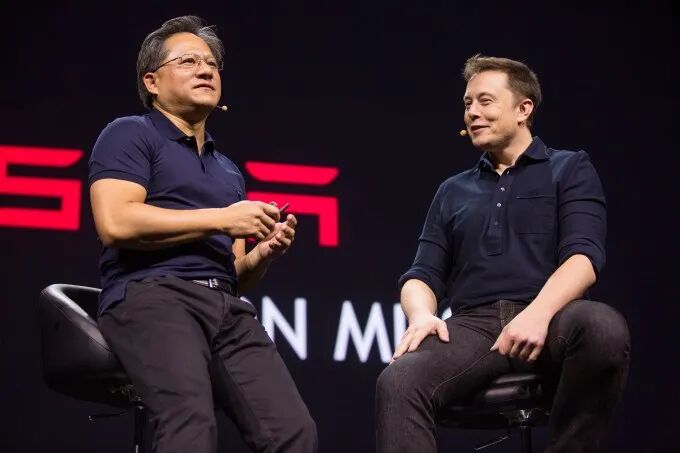
In the second quarter of 2025, Tesla further expanded its AI training capabilities by adding 16,000 H200 GPUs, bringing the total Cortex computing power to the equivalent of 67,000 H100 GPUs. Additionally, Tesla signed a $16.5 billion order with Samsung to procure AI6 chips, planned to support FSD, Optimus, and high-performance AI training.
These actions indicate a shift from self-developed chips to a strategy reliant on partnerships.
03 Waymo's Steady Expansion
Progress in Autonomous Driving Services
While Tesla adjusts its technology strategy, Waymo continues to expand its autonomous driving services. In September 2025, Waymo announced the launch of autonomous taxi services in Denver and Seattle.
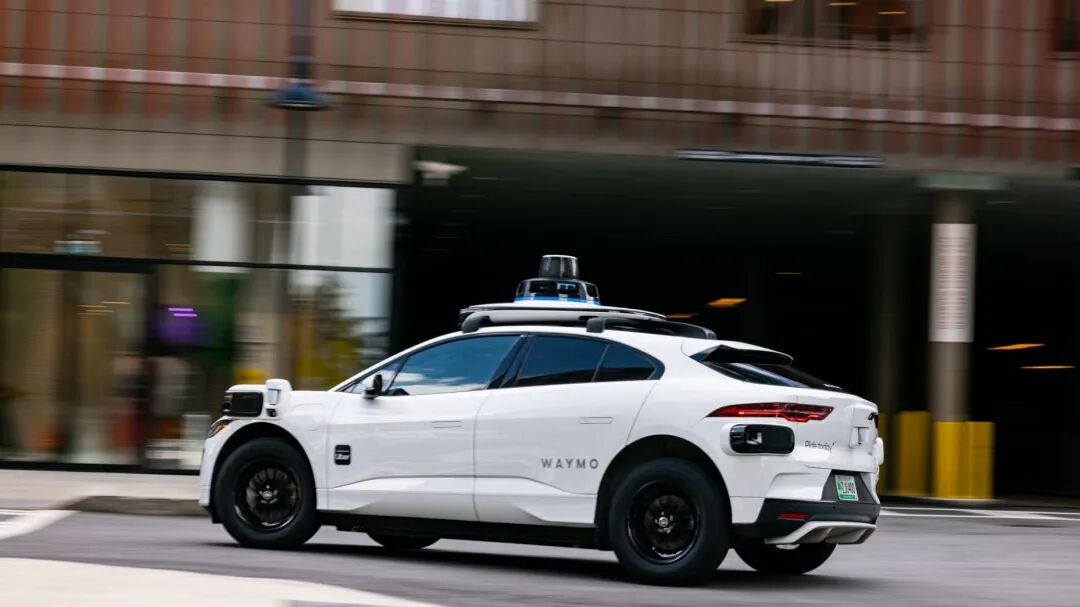
Waymo stated that it would commence human-supervised testing in both cities this week, deploying up to 12 test vehicles per city, including all-electric Jaguar I-Pace and Zeekr autonomous driving models.
Waymo's current expansion plans encompass entering ten new cities in 2025, partnering with Uber to launch services in Atlanta in June, adding a teenager account option in July, and obtaining testing permits in New York City in August.
Waymo currently offers paid autonomous taxi services in Phoenix, San Francisco, Los Angeles, Austin, and Atlanta, with plans to launch commercial services in Miami, Washington D.C., and Dallas.
04 Global Autonomous Driving Landscape
Accelerated Competition Between China and the U.S.
The competition in autonomous driving extends beyond Tesla and Waymo, presenting a global landscape, particularly between China and the United States.
In July 2021, Baidu Apollo Go opened its self-driving robotaxi service to the public in Huangpu Science City, Guangzhou. Users can avail free rides through the Baidu Maps App or Apollo Go App. In April 2021, Baidu launched China's first fee-based fully autonomous taxi service for the public in Shougang Park, Beijing, the second such service globally after Waymo.
In September 2025, Chinese autonomous driving company WeRide announced that its first batch of new-generation autonomous taxi Robotaxi GXR had arrived in Singapore and commenced testing, marking the first entry of such a model into Southeast Asia.
In July 2025, Mushroom Auto's MogoMind large model, showcased at WAIC, represented another technical direction, capturing vast amounts of heterogeneous data through all-weather AI-integrated devices. With a parameter scale of 7 billion, the model boasts over 90% perception and cognitive accuracy and has been deployed in eight cities.
Huawei also announced in September 2025 that its ADS 4.0 would support pilot commercial use of high-speed L3 and testing of urban L4 this year. This implies that, if regulations permit, hands-free driving on highways could become a reality by 2026.
05 Tesla's Robotaxi Journey
Service Expansion and Technological Hurdles
Despite the termination of the Dojo project, Tesla's Robotaxi service continues to progress. On June 22, 2025, Tesla officially launched a Robotaxi pilot service in Austin, Texas.
The first batch of passengers could experience this service for a fixed fee of $4.20. The pilot program involved about 10 to 20 vehicles, modified from the Model Y and equipped with Tesla's self-developed visual perception system and FSD software.
Tesla's Robotaxi service area has rapidly expanded. From its launch in Austin on June 22, it grew for the first time in less than a month, covering an area larger than Waymo's. By August 27, Tesla's geographic fence for its Austin Robotaxi had surpassed Waymo's 90 square miles, covering 171 square miles.
On September 3, Tesla adjusted the safety monitoring strategy for its Robotaxi service in Austin. As the service area expanded to include highways, Tesla decided to move the seat of the safety monitor from the front passenger seat to the driver's seat.
06 A Turning Point for Autonomous Driving
The termination of the Dojo project reflects Tesla's challenges on its technology roadmap. Some industry experts believe that simply feeding more data to a model and expecting it to become smarter may have limitations.
Firstly, there are economic constraints, and this approach will soon become prohibitively expensive. Some argue that we may actually run out of meaningful training data.
Moreover, more data does not necessarily equate to more information. The crux lies in whether the data contains valuable insights that contribute to a better model and whether the training process can effectively distill this information.
Nevertheless, in the short term, the trend towards more data seems to persist. More data necessitates greater computing power to store and process it all, thereby training Tesla's AI models.
This is precisely where the supercomputer Dojo was intended to play a crucial role.
------
The simultaneous occurrence of the termination of Tesla's Dojo project and the expansion of Waymo's services signifies a turning point for the autonomous driving industry.
Three distinct paths are emerging: Tesla's vertical integration strategy, shifting from self-developed chips to partnerships with Samsung, Nvidia, and others; the gradual expansion of companies like Waymo and Baidu, steadily advancing autonomous taxi services globally; and the AI network route represented by Mushroom Auto's MogoMind, achieving global optimization through large AI models in the physical world.
The future of autonomous driving is no longer a single-lane race but a global competition with multiple technological routes coexisting.


